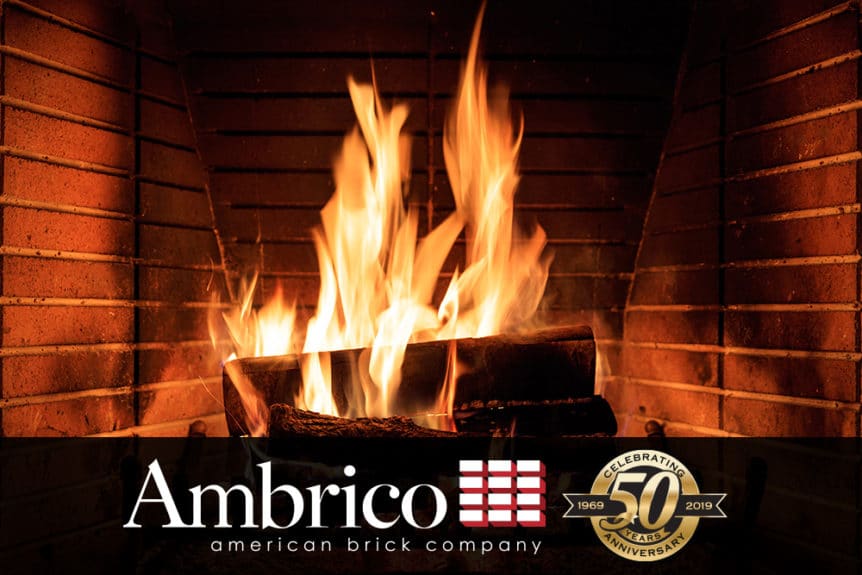Most local laws and individual properties enforce specific regulations and ordinances regarding the fire resistance of “critical building components” of escape routes to ensure occupant safety during emergencies. These directives determine the level of protection needed based on what the building is being used for, the materials used in construction, the dimensions of the space, location, and whether or not there are other fire-safety countermeasures in place such as sprinklers or stand pipes.
Determining Fire Resistance
Every building is given a fire resistance rating, which correlates to the length of time it’s able to detain a fire or continue performing its structural function under duress. Typically, this rating is determined by performing an ASTM E119 test to measure the response of a material when exposed to excessive heat or direct flame – this is completed in four parts.
- Wall & Protected Steel Column Specimens – Exposed areas used for fire testing must be created to meet specific dimensional and structural requirements, and have certain measuring mechanisms to record important testing information.
- Fire Resistance Test – Once the materials have been assembled according to the guidelines provided, the specimens are exposed to a controlled fire until either failure occurs, or the required length of time passes.
- Hose Stream Test – Once the material has endured its fire resistance test, a hose stream test is also performed to test its response to impact, erosion, and cooling effects at the site of exposure.
- Loading – During both the fire resistance test and hose stream test, a “superimposed load” is used to help determine how strong the material is, and how likely it is to maintain its integrity throughout the testing process.
How Does Thin Brick Hold Up?
Extensive testing has shown that all sorts of different styles of brick wall assemblies “provide designers with standard wall sections and details that comply with the various fire resistance ratings.” In fact, brick has often been used specifically to provide “superior fire resistance and safety for occupants.” That means, if you’ve ever had any doubts about thin brick being the material for you in the past, now’s definitely the time to change your tune.
At Ambrico, supplying commercial and residential customers with strong, durable, visually stunning, and above all else safe products is our greatest pride and joy. Like traditional brick, thin brick is built to last and always ready to look good – which means if you’re looking for a material that meets all fire-resistance requirements without compromising aesthetic quality, you need to get ahold of our exceptional thin brick experts at Ambrico by calling 866.663.6898 for a free consultation, or simply fill out the form in the sidebar.

